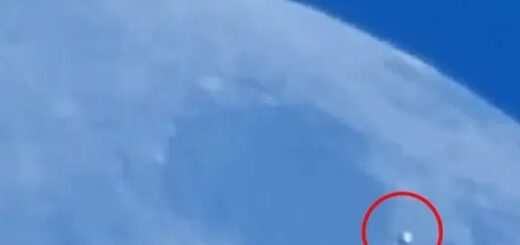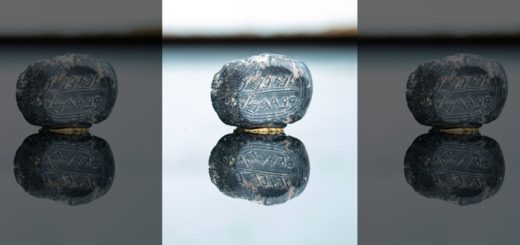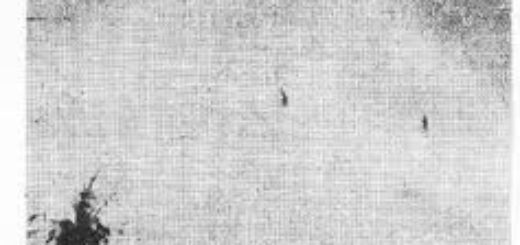How NASA’s New Telescope Will Illuminate Black Holes

A new space telescope due to launch Wednesday (June 13) aims to shed a bright light on some of the darkest and most mysterious parts of the universe.
NASA’s Nuclear Spectroscopic Telescope Array (NuSTAR) spacecraft is set to launch at 11:30 a.m. EDT (1530 GMT) from an Orbital Sciences Pegasus XL rocket to be carried aloft by a carrier plane from the Kwajalein Atoll in the Pacific Ocean.
About seven days after the spacecraft reaches in orbit, it will extend a 33-foot (10-meter) mast to separate two light-collecting X-ray optic units to a focal point where a camera will be placed. Each of these optics units contains 133 nested layers of glass intended to catch as much light as possible, and to produce the precise geometry to deflect light rays to exactly the right point at the other end of the long mast.
The instrument is designed to home in on the volatile, energetic areas around black holes and the leftovers from stellar supernova explosions. [Gallery: NASA’s Black Hole Hunting Space Telescope]
While black holes themselves are invisible (they are regions where gravity is so strong even light cannot escape), the areas around them are often exceptionally bright, as mass is lured in on its way to being swallowed, and gives up some of its energy in the form of heat and light.
“It’s the innermost orbits before the material plunges and is lost forever from view that we’re looking at,” said NuSTAR’s principal investigator, Fiona Harrison of Caltech, during a Monday (June 11) press briefing.
By looking at these intense regions, scientists hope to better understand the formation of the extremely large black holes thought to inhabit most galaxies. The Milky Way itself is thought to host a supermassive black hole 4 million times the mass of the sun in its center, though astronomers have a tough time gathering precise data from this region; this, too, NuSTAR aims to improve.
“We can put this puzzle together, understanding how the black holes and the galaxies grow together and influence one another,” Harrison said.
NuSTAR isn’t the first X-ray space telescope ever launched, but it treads new ground compared to NASA’s Chandra X-ray Space Telescope and Europe’s XMM-Newton, both of which also observe in the short-wavelength X-ray range of light.
“NuSTAR operates at X-ray energies that are higher than Chandra or XMM-Newton, so by having NuSTAR we can cover a much broader region of the X-ray spectrum,” Harrison said. “NuSTAR is really synergistic with these other X-ray telescopes, but it will be the first to extend sensitivity into the high-energy X-ray band. We can study regions that are hotter, where particles are accelerated very close to the speed of light.”
The school bus-size NuSTAR costs about $165 million, and is one of NASA’s relatively low-cost Small Explorer missions.



 Creators of mankind
Creators of mankind Description of “Tall white aliens”
Description of “Tall white aliens” Where they came from?
Where they came from? About hostile civilizations
About hostile civilizations The war for the Earth
The war for the Earth “Tall white aliens” about eternal life
“Tall white aliens” about eternal life Video: “Nordic aliens”
Video: “Nordic aliens” Aliens
Aliens Alien encounters
Alien encounters The aliens base
The aliens base UFO
UFO Technology UFO
Technology UFO Underground civilization
Underground civilization Ancient alien artifacts
Ancient alien artifacts Military and UFO
Military and UFO Mysteries and hypotheses
Mysteries and hypotheses Scientific facts
Scientific facts


















